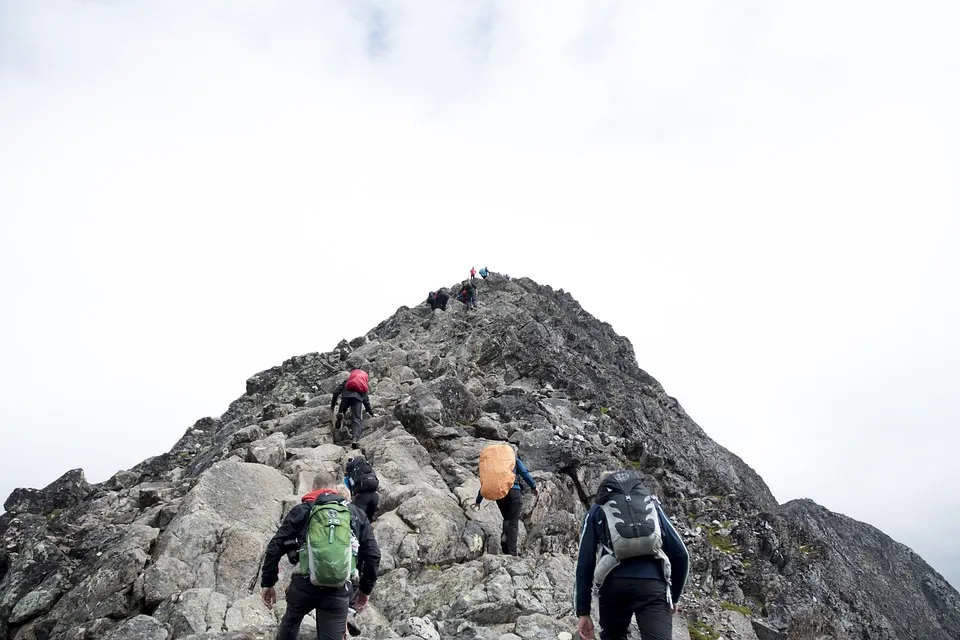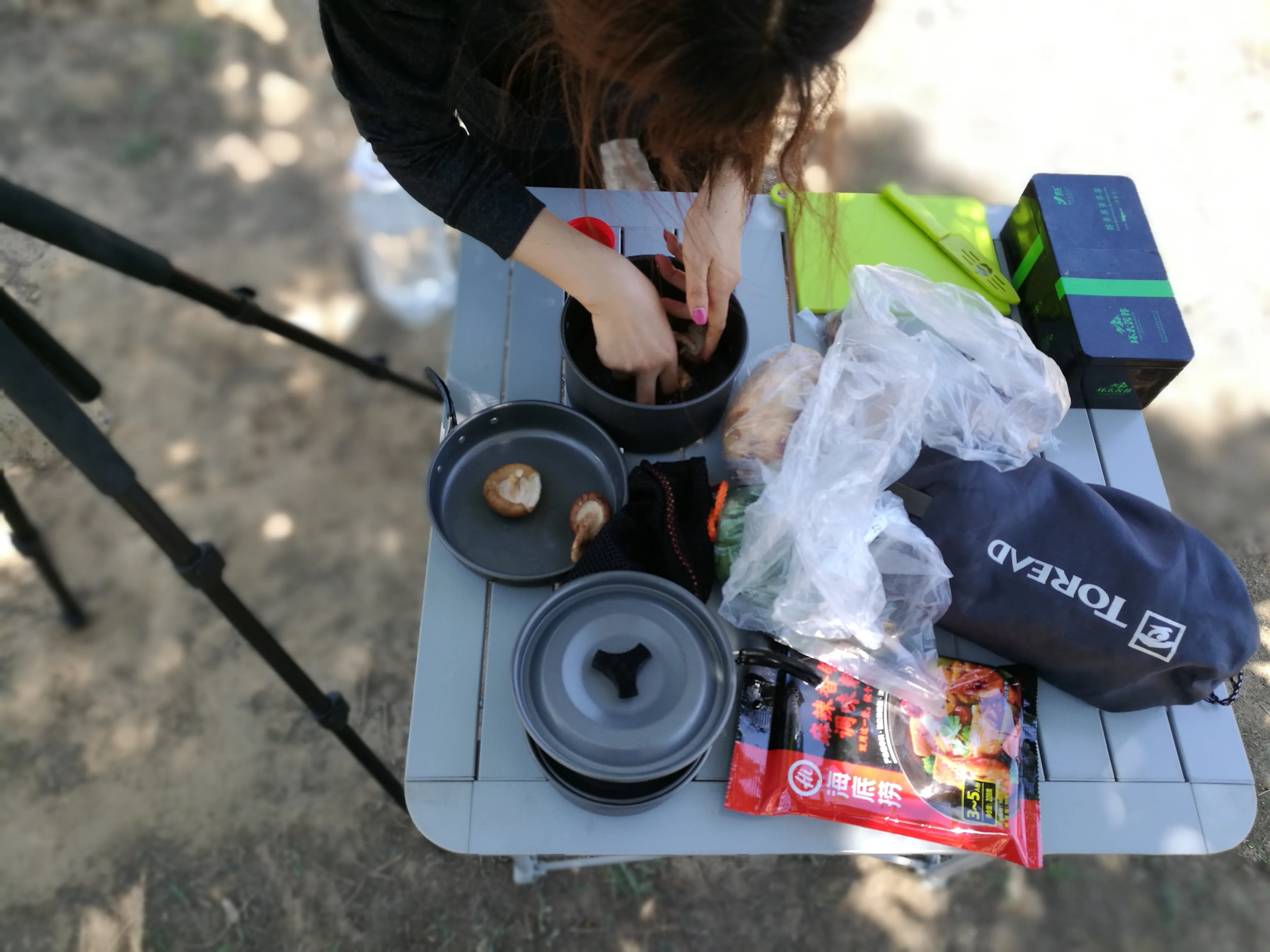
The Ultimate Hiking Checklist: A Comprehensive Guide for Safe and Enjoyable Adventures

Hiking is a gateway to connecting with nature, but success hinges on meticulous preparation. Whether you’re tackling a day hike or a multi-day expedition, a well-curated checklist ensures you’re equipped for emergencies, comfort, and environmental stewardship. Drawing from expert recommendations and emerging trends in outdoor gear, this guide offers a professional, innovative approach to building your hiking checklist, with original insights tailored to modern adventurers.
The Non-Negotiable Ten Essentials
The foundation of any hiking checklist revolves around the “Ten Essentials,” a framework first popularized by mountaineering clubs and now adapted for diverse terrains[ However, modern hikers must reinterpret these categories with contemporary gear and knowledge:
Navigation
- Traditional tools: Map, compass, and GPS device.
- Tech upgrade: Offline topographic maps on apps like Gaia GPS or AllTrails (ensure phone is fully charged)
- Pro tip: Carry a backup paper map—electronics can fail in cold or wet conditions
Hydration
- Standard: liters of water per person for a day hike.
- Innovation: Collapsible water reservoirs with built-in filters (e.g., Katadyn BeFree) for refilling from streams
Nutrition
- Calorie-dense snacks: Nuts, energy bars, and jerky.
- Meal planning: For multi-day trips, opt for freeze-dried meals to minimize weight
First Aid
- Basics: Bandages, antiseptic wipes, blister pads.
- Advanced: Include a tourniquet and SAM splint for remote hikes
Shelter
- Emergency option: Ultralight tarp or space blanket (tested for quick deployment)
Fire
- Waterproof matches, lighter, and firestarter cubes.
Tools
- Multi-tool knife, duct tape, and paracord for repairs
Illumination
- Headlamp (with extra batteries) or solar-powered lantern
Sun Protection
- UPF-rated clothing, sunglasses, and reef-safe sunscreen
Insulation
- Layering system: Moisture-wicking base layer, fleece mid-layer, and waterproof shell
Original Insight: Integrate a “digital first aid” kit: A portable power bank, satellite communicator (e.g., Garmin inReach), and spare charging cables. This addresses modern reliance on tech while ensuring safety
Tailoring Your Checklist to Hike Type
Not all hikes are created equal. Customize your checklist based on duration, terrain, and climate:
Day Hikes
- Focus on speed and minimalism:
- Ultralight backpack () with breathable straps
- Quick-dry clothing to manage sweat and sudden rain
- Bear spray in regions with wildlife activity (e.g., trails in Sichuan or Yunnan)
Multi-Day Backpacking
- Prioritize durability and self-sufficiency:
- Tent or hammock system: Opt for silicone-coated nylon tents for rain resistance
- Water purification tablets as a backup to filters
- Waste management: Biodegradable soap and a trowel for Leave No Trace practices
High-Altitude or Winter Hikes
- Specialized gear for extreme conditions:
- Insulated sleeping pad (R-value ≥to prevent hypothermia
- Crampons and ice axe for icy trails (e.g., Mount Siguniang)
- Hand warmers and balaclava to combat frostbite
Original Insight: Adopt a “modular packing” strategy: Organize gear into color-coded dry bags (e.g., red for emergency items, blue for food). This accelerates access and reduces pack disarray
Overlooked Items: Elevating Your Checklist
Beyond the basics, these underrated additions enhance safety and comfort:
Mental Preparedness Tools
- Navigation refresher: Print a mini-guide on reading contour lines
- Local emergency numbers: Save park ranger contacts offline
Foot Care Kit
- Pre-tape vulnerable areas with kinesiology tape to prevent blisters
- Extra socks in a waterproof bag—damp feet are a recipe for misery
Environmental Protectors
- Microplastic filter: Attach to clothing to capture synthetic fibers shed during washing
- Reusable trash bag: Pack out all waste, including food scraps that disrupt ecosystems
Cultural Respect
- Local trail etiquette guide: Research sacred sites or restricted areas (e.g., Tibetan prayer flags in western China)
Original Insight: Incorporate a “trail journal”—a lightweight notebook to document flora, fauna, and route changes. This aids future hikers and contributes to citizen science projects
Tech Integration: Smart Gear for Smart Hikers
Modern technology revolutionizes checklist efficiency:
Checklist Apps
- Use Trail Wallet or LighterPack to preload gear lists and track weight distribution
Wearable Safety Devices
- GPS smartwatch (e.g., Coros Vertix) with storm alerts and altitude acclimation tips
AI-Powered Gear Recommendations
- Platforms like Switchback Travel analyze your hike parameters (distance, elevation) to suggest optimized gear
Caution: Balance tech with redundancy. A dead battery shouldn’t compromise your safety
The Pre-Hike Ritual: Final Checks
Weather Cross-Verification
- Compare forecasts from three sources (e.g., local park website, AccuWeather, Windy.com)
Gear Function Test
- Pitch your tent in the backyard; test stove fuel efficiency
Share Your Plan
- Email your itinerary and GPS waypoints to a trusted contact
Original Insight: Create a “failure scenario” checklist: Ask, “What if my water filter breaks?” or “What if I lose the trail?” This proactive mindset ensures contingency planning
Conclusion: Beyond the List—Building Hiking Resilience
A checklist is more than a inventory; it’s a mindset. By integrating traditional essentials, cutting-edge tech, and ecological mindfulness, hikers can transform preparation into an art form. As trails grow busier and climates less predictable, the next-generation checklist isn’t just about survival—it’s about thriving in the wild while preserving its beauty for others.
Final Pro Tip: After each hike, revise your checklist. Note what was unused (e.g., excess clothing) and what was missed (e.g., insect repellent). Iteration breeds perfection


